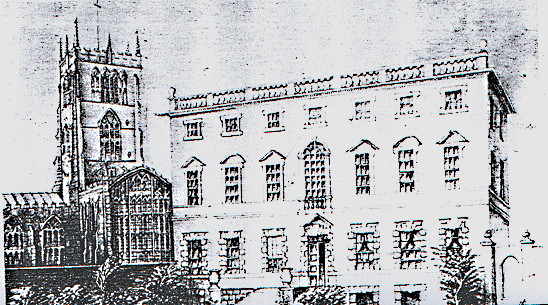I have to question Gill's speculations with regard to the gargoyle, as first, it does not link any early phase with his suggestion of a westward extension, being situated above the line of the buttress on the eastern side of the porch (i.e. two whole bays east of his suggested early west end).
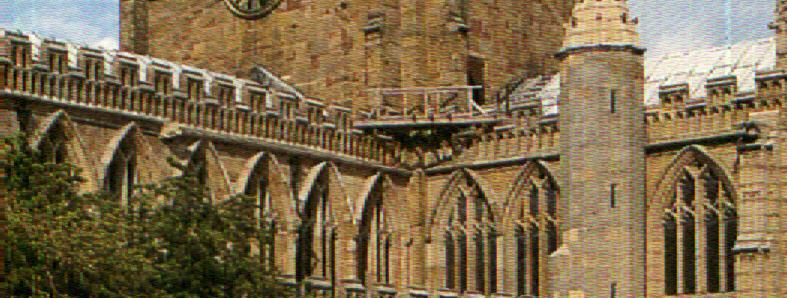
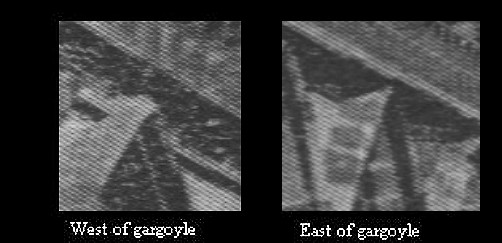
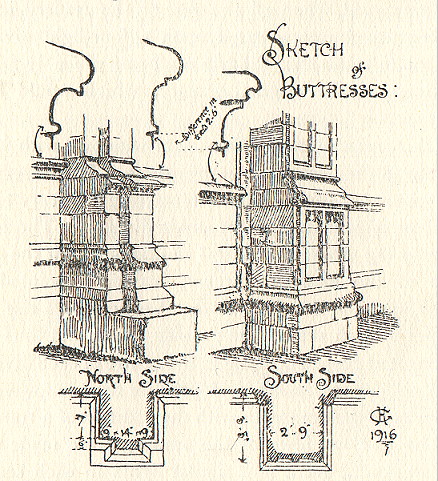
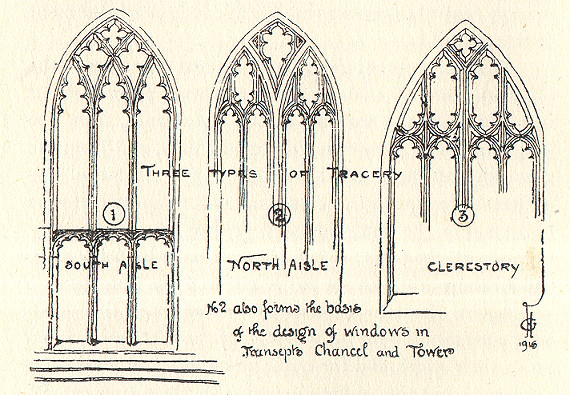
With regard to the Chancel, I feel that Gill misconstrued the evidence. For instance, his remarks on the "slender angle shafts" on the eastern edge of the tower piers assume that the piers, which were rebuilt in 1845-8, are in keeping with the original design. This seems unlikely and indicates that he ignored the loss of the original symmetry with the building of the south chapel, in 1912, and the opening of the south wall of the chancel. An 1874 photograph (below left) shows that there were four windows on the south wall, matching the arrangement on the north wall (below right, 1844 drawing), except for the blank area where window North 2 could not be installed because of the old Vestry). To suggest that the chancel was a mean design overlooks the great height of all the windows, which run right to the top, without a clerestory, and would have made the chancel very light.

